Every Student Needs to Know How to Factcheck
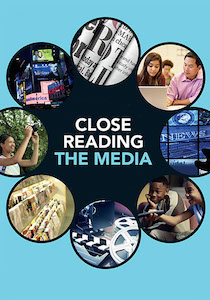
But I am told that many middle schoolers today won’t take the time to do even a cursory investigation. That’s unfortunate because it means they may eagerly spread the latest misleading content they find on their favorite sites or social media platforms. When they do, they become the unwitting agents of mass marketers and fake news purveyors.
Trustworthy fact checker sites are anxious to promote what they do and how they do it to help all of us become better media consumers. So am I. As a long-time media educator, I know students need practice. I want them to learn to recognize the techniques manipulators use to make something believable and thus clickable and shareable.
In this post I discuss two kinds of “deception” to illustrate the problems and point to some basic practices students and all of us can follow to push back on those who think they can easily fool us.
The Proliferation of Native Advertising
Native advertising is a huge current trend in online publishing. A company buys space on an information or entertainment website to promote their product in ways that go beyond typical display advertising.
Often the product will be part of what appears to be a news story. Often these faux-news items are displayed in a special section of the organization’s website. CNN, for example, has many of these “native ads” on its homepage grouped under section headings like “Paid Partner Content.” Distinguishing actual news from these collections of clickbait headlines requires us to pay close attention.
A 2016 study found that 82% of middle school students could not distinguish “native ads” from news on a web page. With more and more native ads proliferating, the need to spend more time teaching discernment and media literacy skills seems apparent.
Here’s an example of sophisticated native advertising that appeared in The New York Times several years ago:
The “story” was about women inmates, but what you probably didn’t notice (because it’s in a tiny font at the top) are the words PAID POST. Yes, this story, with its inmates dressed in orange, was designed to promote the Netflix series “Orange Is The New Black,” using typical NYT news styling.
A research article published by Harvard’s Nieman Lab earlier this year described disturbing trends in native advertising over a five-year period and concluded that “These advertisements that look like real news are labeled as ads, as required by the Federal Trade Commission. But research studies have repeatedly shown that those labels are largely ineffective at helping readers distinguish between the two types of content.”
Dissecting a Fake FOX NEWS post
Not long ago a friend sent me a link to an online “news” story, displayed on a webpage that resembled the FOX NEWS site. “Is this fact or fiction?” my friend asked. I didn’t mind assuming the role of fact checker. And I was glad to add this solid example of the kind of fake news event that’s become common in social media today to my collection.
Here is the fake page, as presented in a screenshot by the Snopes fact-checking site with the Snopes FALSE stamp imprinted on it. Snopes found that “This was not a real Fox News article. It was hosted on denuvo.fun, which was registered on a Chinese web domain registrar.”
Mayim Bialik – scientist (PhD in neuroscience), actress (Blossom, The Big Bang Theory) and gameshow host (Jeopardy!) – is pictured. Since this fake story appeared, it has been thoroughly debunked by Bialik herself and by a variety of reputable news agencies.
Spoof content like this represents a trend that has exploded on the web and on social media: news-like stories with alluring headlines designed to get click-throughs from which the fake-page creators earn ad revenue.
Let’s break this one down:
► One of the first and I believe the most important considerations is what might the URL we are invited to click reveal? Here is the original link offered to potential clickers (emphasis added).
[https://ymjg.uk.com/NMSL/WUDINN/index.html]
Notice that it is NOT the legitimate FoxNews.com domain. The “uk” in the address tells us that the site we will link to is in the United Kingdom, not the USA where Fox News is headquartered. Using the “lateral reading” approach, we can open a second tab to research the source of the original tab/URL. (This excellent video tutorial explains how lateral reading works.)
► Notice that the fake page copies the familiar FOX NEWS header and the “news story” is credited to well-known FOX news personality Brit Hume. These are two of the techniques used by creators of fake news – phony logos and false-but-familiar bylines – to make readers believe content is legitimate when it is not. (See Politifact’s Common Fake News Sites and What they Peddle.)
► Bialik’s image, which many will recognize, suggests a kind of celebrity testimonial. If she appears to be promoting the product, unsuspecting readers (including students) who may hold her in high regard may want to purchase or try it. This is a common propaganda technique.
Further down, photographs of an elderly man are posted with quotes attributed to him. The man is not named. Clicking on the photos takes the reader to a webpage for the product – not to any information about him or his verifiable experience with what is being marketed.
► The story purports to describe a confrontation between the celebrity and a Fox News host that allegedly took place that week. LIVE news on television thrives on actual confrontation between guests – they know it attracts an audience and builds ratings. (IF such a confrontation did take place on live TV, it would certainly have shown up almost immediately on YouTube. No such documentation exists there.)
► Throughout the post, the acronym CBD (an abbreviation for Cannabidiol) is hyper-linked using a bright, bold color and stands out on the page from all other words. Advertisers hope readers will click hyperlinks. This should be a clear clue to students that this is not a news story since the product is repeatedly named and hyper-linked.
► We should always verify any story that seems sensational or improbable by searching for it elsewhere. If this was an actual news story, it would appear in other news sources on the internet. This one does not.
► Always take advantage of factchecking resources. Diligent factchecking sites are constantly on the lookout for these types of posts and are quick to refute them. Shortly after receiving the email from my friend, I located the Bialik story debunked on SNOPES and on the website for Good Housekeeping magazine.
► Teachers might consider posting some of the many FACT CHECK, FAKE NEWS infographic checklists around your classroom and computers, where students can get accustomed to reading and considering the advice. (See for example: How to Spot Fake News; the SIFT Model; the CRAAP Detection Model.)
We Can Do More
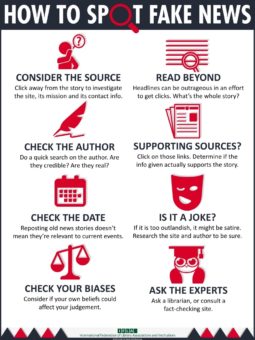
As always, your school library media specialist is a “go-to” expert to help you and your students dissect what they read by teaching critical news and information literacy skills.
It is also clear that the absolute deluge of information we are experiencing today – much of it unreliable – requires every educator to spend some time teaching students these important critical thinking/media literacy skills. How do we engage them? Invite kids to form fact-checking squads or leagues – make finding the truth an adventure!
Recommended Resources
I’m a fact-checker at Snopes…. Here’s how I tell if news is fake.
Civic Online Reasoning (Stanford). Includes lesson plans, videos and assessments.
Fight Fake News in the Classroom
How to Spot Fake News (Annenberg Public Policy Center)
Fact or Fiction: Fake News & Its Impact on Education (AMLE)
Fake News Invasion! (Scholastic)
Breaking News Consumer Handbook: Fake News Edition (WNYC)
Frank W Baker has been a consistent presence on MiddleWeb for nearly a decade. His columns and blogposts are designed to help educators make the connection between popular culture, current events, teaching standards and media literacy. His lifelong work, which includes hundreds of workshops with teachers, was recognized in 2019 by UNESCO.
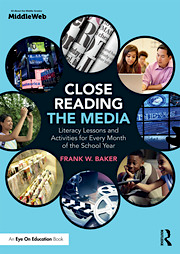


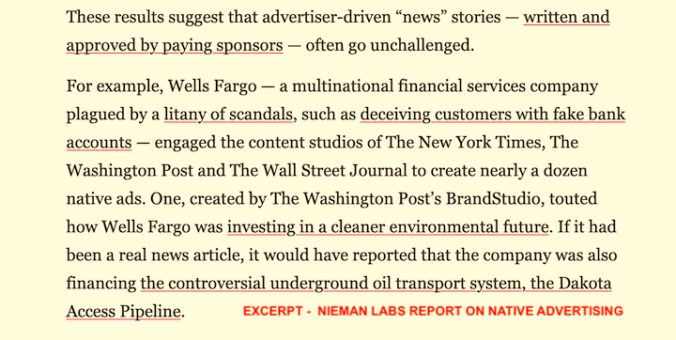
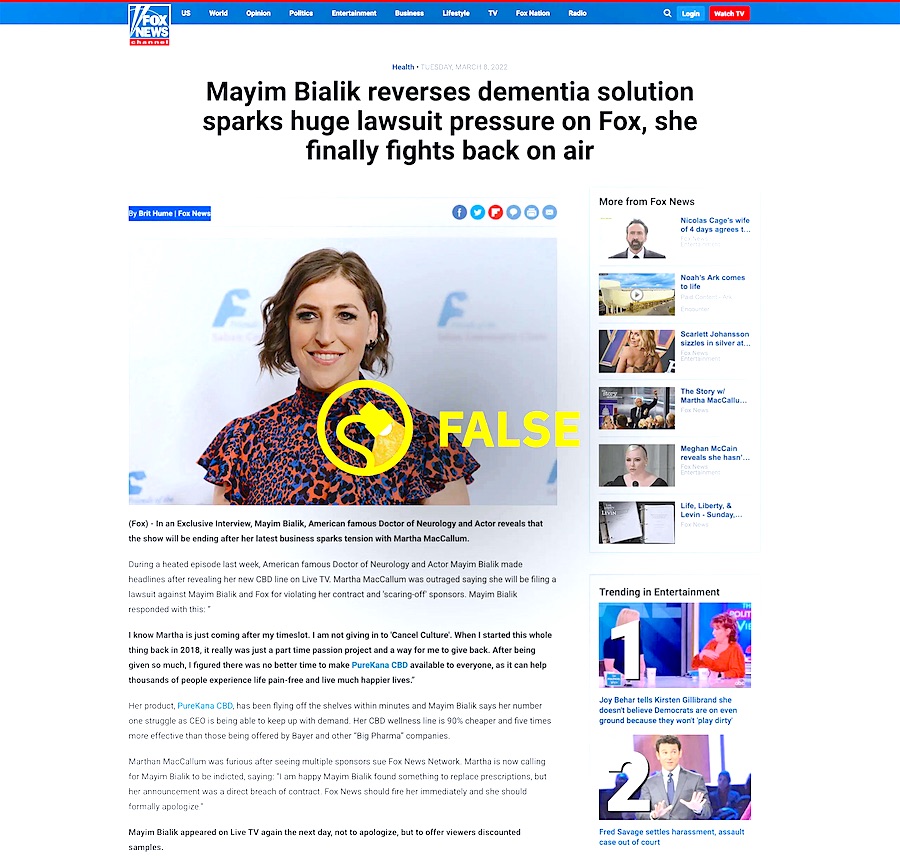






























Thank You!!
Hi Frank,
I am a middle school language arts teacher who has been researching this very topic for curriculum revisions to my nonfiction unit. Thank you for all the insight and resources you provided in this post. It really hits at the heart of what I want to emphasize moving forward with my own students. Just wanted to let you know that you efforts are truly appreciated and will contribute to shaping learning in my own classroom
Andrew, I greatly appreciate the time you took to react and respond. As a writer, we don’t always get feedback from educators and It pleases me more than you know to hear from you. Thanks again. Frank Baker